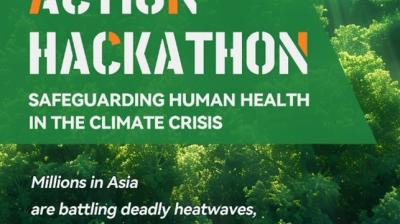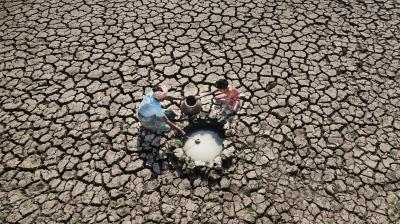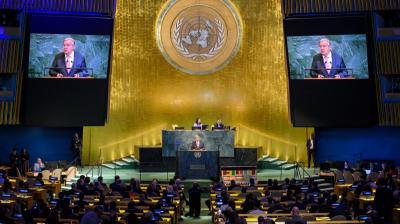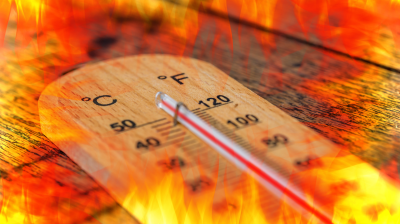WHO, WMO issue new report and guidance to protect workers from increasing heat stress

As climate change drives more frequent and intense heatwaves, many workers who are regularly exposed to dangerous heat conditions are already feeling the health impacts of rising temperatures, in particular, manual workers in sectors such as agriculture, construction and fisheries. Increasing heat episodes are also leading to health issues for vulnerable populations in developing countries, such as children, older adults and low-income populations.
“Heat stress is already harming the health and livelihoods of billions of workers, especially in the most vulnerable communities,” said Dr Jeremy Farrar, WHO Assistant Director-General, Health Promotion, Disease Prevention and Care. “This new guidance offers practical, evidence-based solutions to protect lives, reduce inequality, and build more resilient workforces in a warming world.”
The new report and technical guidance, entitled Climate change and workplace heat stress draws on five decades of research and evidence, highlighting that the health and productivity of workers are severely impacted by rising temperatures. WMO reports that 2024 was the hottest year on record. Daytime temperatures of more than 40°C and even above 50°C are becoming increasingly common, a clear indication that immediate action is needed to address the worsening impact of heat stress on workers worldwide.
“Occupational heat stress has become a global societal challenge, which is no longer confined to countries located close to equator – as highlighted by the recent heatwave in Europe,” said WMO Deputy Secretary-General Ko Barrett. “Protection of workers from extreme heat is not just a health imperative but an economic necessity.”










